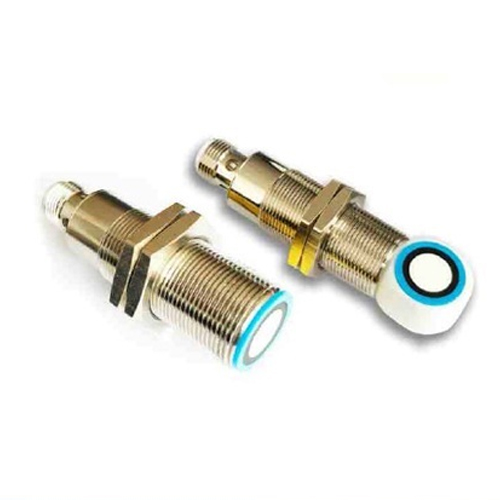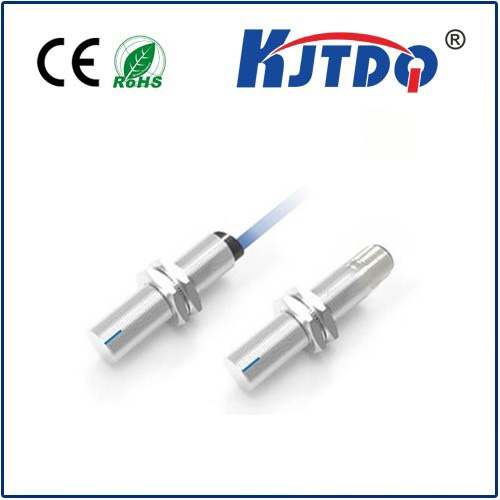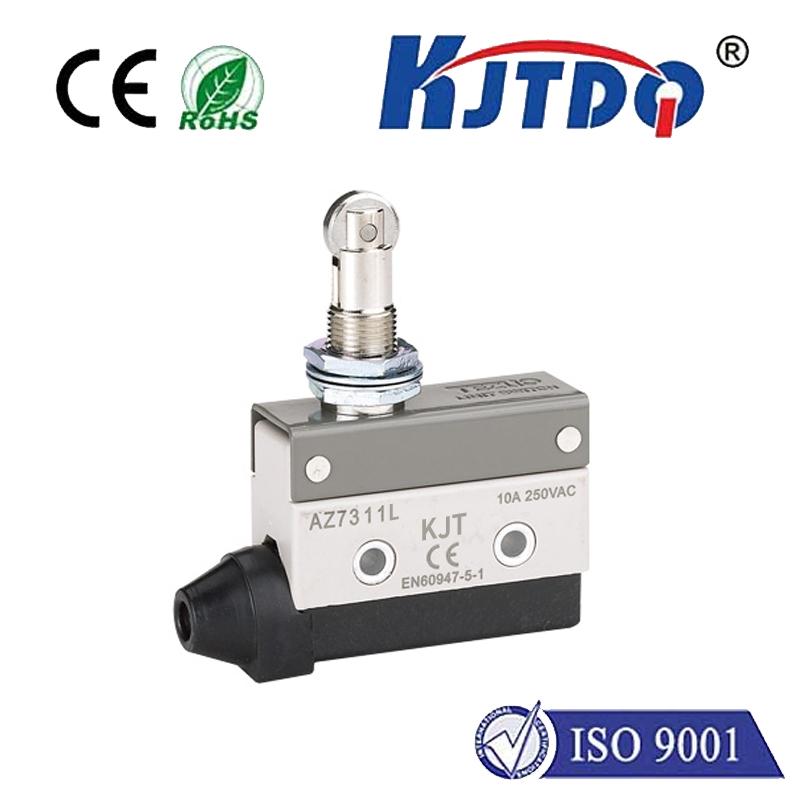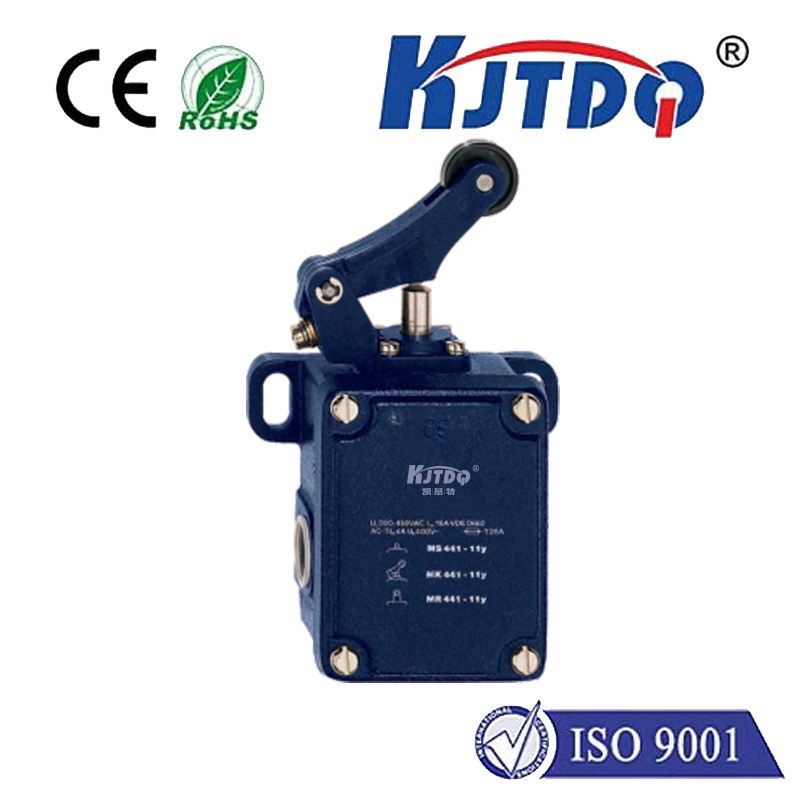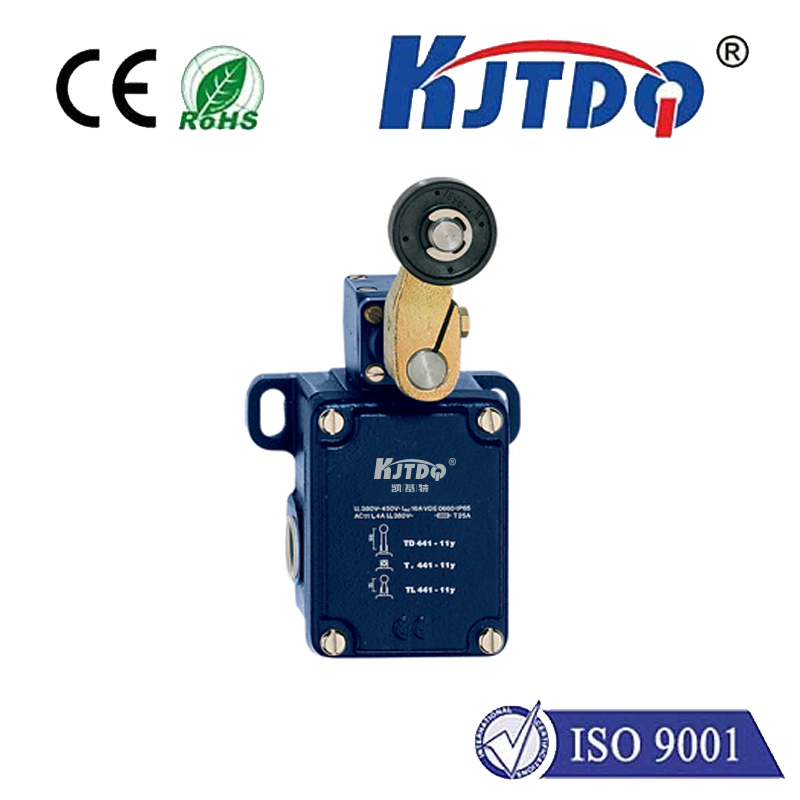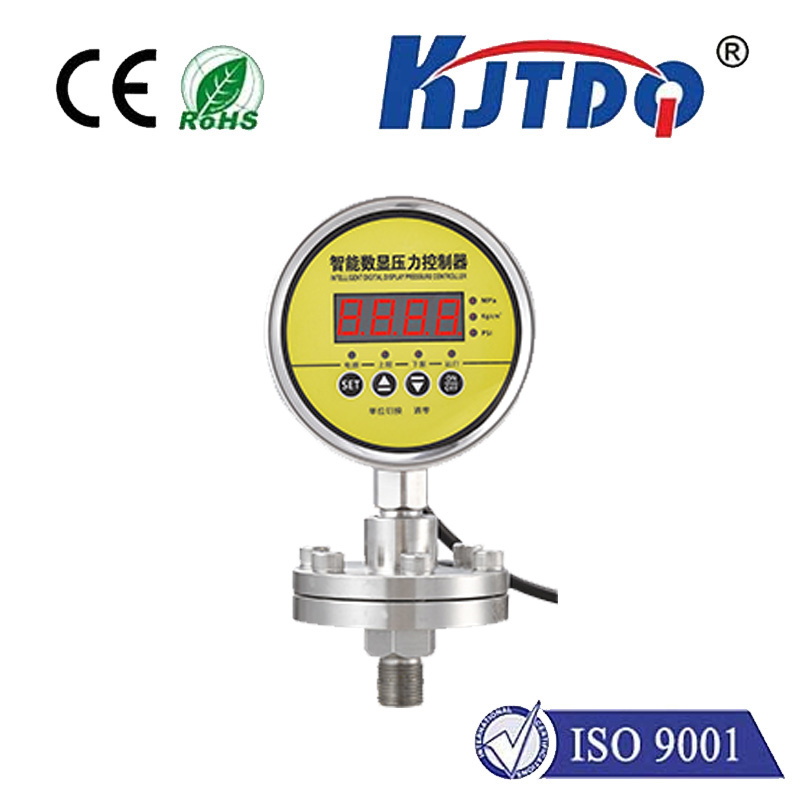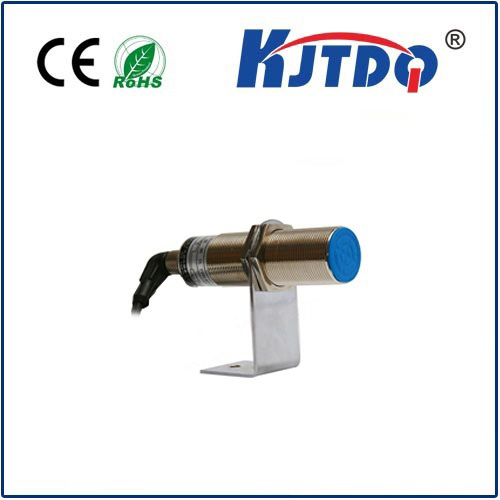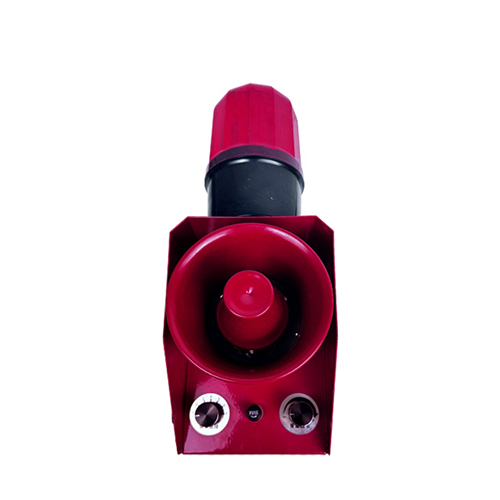

check

check

check

check

check

check

check

check

check

check
Introduction:
The advent of technology has brought significant changes in our lives, particularly in the security and safety aspects. The use of proximity sensors for doors is one such innovation that has revolutionized the traditional method of door locking systems. This innovative device employs infrared or ultrasonic technology to detect the presence of an intruder and trigger an automatic lock mechanism. In this article, we will delve into the significance of using a proximity sensor for doors, its installation process, and how it can enhance home safety.
Body:
Section 1: Understanding the Importance of Using a ProxSensor for Doors
a) Enhanced Home Security: Proxsensors work on detecting body heat emitted by intruders, which makes them highly effective in preventing unauthorised access to homes.
b) Remote Access: The ability to control the locking system remotely allows homeowners to monitor their homes even when they are away.
c) Energy Efficiency: These devices consume minimal energy, making them an eco-friendly option for homeowners looking to conserve energy.
d) User-Friendly Interface: Most proxsensors come with user-friendly interfaces that allow homeowners to customize their locking systems based on their preferences.
e) Cost-Effective: Proximity sensors are relatively affordable compared to traditional locking systems, making them a practical choice for homeowners on a budget.
Section 2: Installing a ProxSensor for Doors
a) Choosing the Right Type: There are two types of proximity sensors available, infrared, and ultrasonic. Each type has its unique features and application areas. It's essential to choose the appropriate sensor based on your needs.
b) Positioning the Sensor: Place the sensor at a strategic location near entry points and exits in your home. Make sure it is easily accessible and not obstructed by furniture or other objects.
c) Wiring the Sensor: Connect the sensor to an electrical outlet and install the required wiring according to the manufacturer's instructions. Ensure proper insulation around the wiring to prevent electrical hazards.
d) Testing the Sensor: Once installed, test the sensor by placing your hand close to it. If it triggers the lock mechanism, it's working correctly. If not, check the wiring connection or contact an electrician for assistance.
Conclusion:
In conclusion, incorporating a proximity sensor for doors in your home security system can significantly enhance your peace of mind knowing that your home is protected from intruders. With its advanced technology, cost-effectiveness, and user-friendliness, it's no wonder why more and more homeowners are opting for this innovative solution. By understanding the importance of using a proximity sensor and following the installation process outlined above, you too can secure your home with ease.
